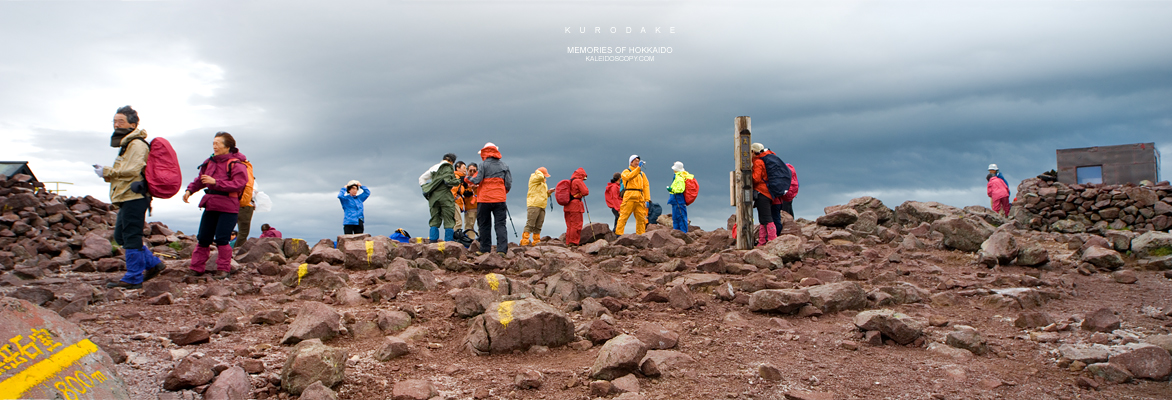Autopan attempts to correct some exposure incongruities in the various shots, although limited, can be a life saver.
Adobe Photoshop itself can do stitching, Adobe CS3 has much more accurate stitching than the earlier versions. I have no plans to buy CS4 though, but i suppose it would be even more accurate.
PTGui is a free but powerful software that has a Mac version as well.
Personally I have no experience with it but there are many people here that swears by it.
Here are some little thoughts on stitching which i send to a friend on CS recently ( which is far from complete ) :
Always try to take individual shots with the same setting, and by which i mean white balance, preferably ( especially wide angle lenses ) no polarisers etc, to achieve same exposure for the various frames of the panorama. Wierd exposures stick out of the panorama like a sore. If you are going to employ a GND, especially the higher and hard stop ones please use a holder to get the placement consistent.
- if you are using a telephoto lens i recommend about 20-30% overlap. The distortion per shot is much less with telephotos, and dedistortion is minimal during stitching.
- for wide angle lenses. I recommend using about 40-50% overlap because the de-distortion during photomerging can end up having huge gaps in the picture and wasting the effort when you process. Maybe I am just kiasu, but i have carelessly missed shots that way for places i might not have a chance to revisit. Personally I find it hard to estimate the points of overlap if I am even thinking of using less overlap. I got no magical formula for that.
- * I use a PC shift lens to take panoramas so there is no distortion whatsoever between the various frames for stitching. Here is a write up i came up with if you are interested.
http://www.kaleidoscopy.com/portal/PanShift.html
Without a shift lens, the ideal situation is to use a pan head to shoot around the nodal point of a lens - the perspective issue is less of a problem on telephoto lenses ( and that is one of the reasons why i love to use telephotos instead ) If you are shooting wide angle randomly the stitching may appear wierd ( most of the time they should actually turn out fine grossly).
Generally I dun really like to shoot stitch with wider angle lenses rotated around a point. Also you will be surprised how much picture information can be truncated at the edges when the stitch corrects the distortion. ( thats just me )
Try to shoot with a tripod when making panoramas, and pay attention to the horizon when shooting the individual components. A long stitched panorama looses ALOT of pixels from cropping when you are trying to correct the slant in landscape. And on a long landscape panorama, slanted horizons stick out like a sore in the eye.
Dynamic elements especially people in a scene can make things more difficult to get a contiguous stitch without motion artefacts like *haflings* This used to be a very nasty problem for the older stitching softwares, but CS3 at times is able to somehow best guess the stitching to prevent them from appearing ( saved a couple of experiments i did ) - it appears the junctions of merging between two frames is not vertical ( which is good ) . Of course they can still fail. So apart from having a proper composition for your panorama, you will still have to select your scenes carefully to reduce such errors.
Most of the things mentioned u might not be able to appreciate it immediately but after some trial and error and practice, you will understand what i mean. I am still learning as well.
Ryan



